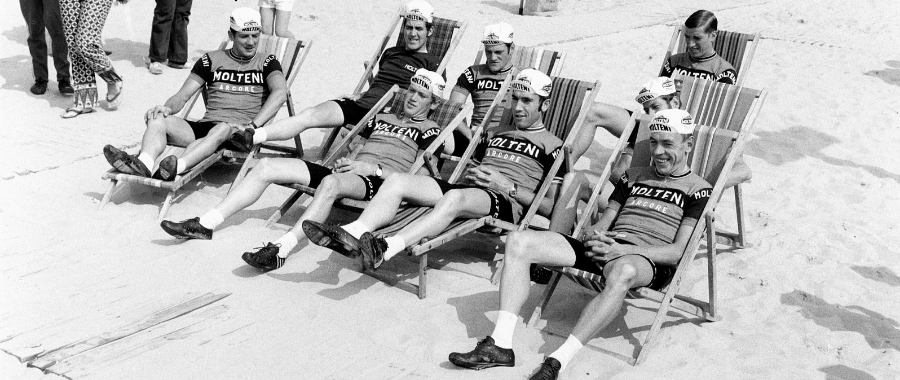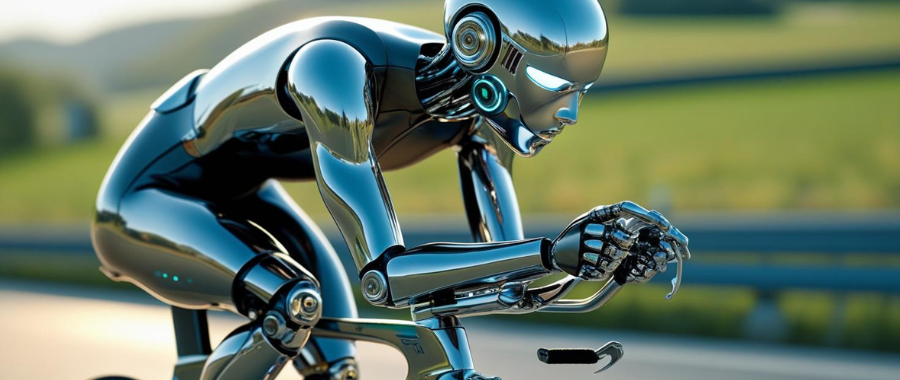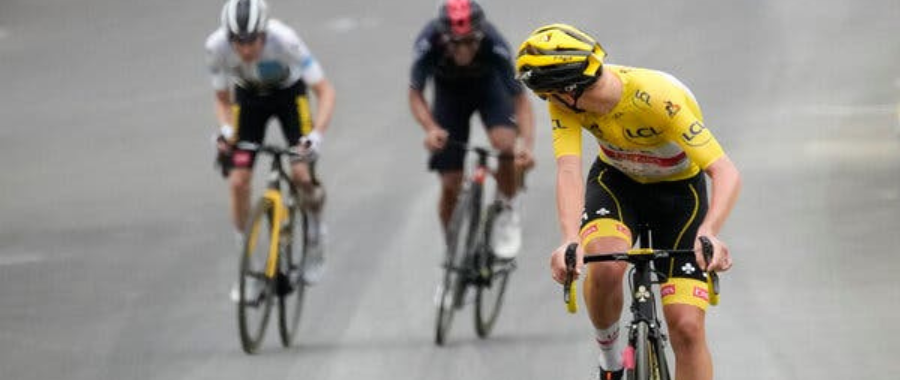While the general structure of the competiton (comprising flat stages, mountain stages, individual time trials, and the final ceremonial stage in Paris, except in 2024) remains consistent,
the route of Tour de France changes every year.
For example, while Tour de France is known for its iconic climbs in the Alps and the Pyrenees, these mountains are not featured in every race or in the same way. The race organizers select the route each year, considering various factors such as historical significance, logistical feasibility, and the desire to create a balanced and competitive race. This means that while certain legendary climbs like Alpe d’Huez or Mont Ventoux may appear frequently, they are not guaranteed to feature every year. Instead, the race may introduce new climbs or revisit less common locations, ensuring that both riders and spectators are kept on their toes.
Beyond geographic variation, the specific design of each stage plays a crucial role in shaping the race. Some years, the race may feature more mountain stages, favoring climbers, while other editions may include more flat stages, which are advantageous for sprinters. The balance between these types of stages affects how the race unfolds and who the likely contenders for the Yellow Jersey (the overall leader) might be.
In addition to the type of stages, the placement of key stages within the race also changes. For example, a particularly challenging mountain stage might be placed early in the race, setting the tone and creating early opportunities for breakaways. Alternatively, critical stages might be scheduled towards the end of the race, increasing the suspense and allowing for dramatic shifts in the general classification (GC) standings in the final days.
The inclusion and timing of time trials also vary. Some editions of the Tour may feature multiple time trials, while others might have only one or none at all. The length and difficulty of these time trials can significantly impact the GC, as strong time-trialists can gain precious seconds or minutes on their rivals.
The changing route has a profound impact on race strategy. Teams and riders must analyze the route meticulously before the race begins, developing strategies tailored to the specific demands of that year’s course. A route heavy on mountain stages might prompt climbers to be more aggressive, while a race with fewer mountains might see more calculated efforts from all-arounders or time-trial specialists.
The unpredictability introduced by route changes also impacts the strategies employed during the race. Riders and teams must be flexible, ready to adapt their plans based on how the race unfolds. This adaptability is one of the aspects that makes the Tour de France so compelling, as even the best-laid plans can be upended by unexpected events, such as weather conditions, crashes, or surprise attacks by rival teams.
(Lead picture:Billy Ceusters / A.S.O.)
MORE FREQUENTLY ASKED QUESTIONS
Do riders ride every day in Tour de France?
Modern day Tour de France consists of 21 stages. But it doesn’t mean, that riders have to ride 21 consecutive days. A Tour de France… Read More »Do riders ride every day in Tour de France?
Why Tour de France is the peak of every cycling season?
The world of professional road cycling is vast, with countless races held across continents, each testing riders’ strength, tactics, and endurance in different ways. Yet,… Read More »Why Tour de France is the peak of every cycling season?
How do cyclists tackle the punishing climbs of Tour de France?
The Tour de France is renowned for its punishing climbs, which often define the race and distinguish the champions from the rest. While the race… Read More »How do cyclists tackle the punishing climbs of Tour de France?
YOU MIGHT LIKE THESE ONES TOO
Readjusted AI -predictions for Stages 6-10 (Tour de France 2025)
Naturally, after five stages the race goes on different direction than it was predicted before the start. Also, I had to draw ChatGPT’s “attention” to… Read More »Readjusted AI -predictions for Stages 6-10 (Tour de France 2025)
The heart of the Tour de France: daily storylines and raw human emotion
Every July, the Tour de France unfolds over three weeks of relentless racing. But beyond the yellow jersey, beyond the mountain summits and sprint finishes,… Read More »The heart of the Tour de France: daily storylines and raw human emotion
From predictable to explosive: the rise of attacking racing in the modern Tour de France
If you followed the Tour de France during the 2000s, you probably remember the script: strong teams locking down the race, the favorites waiting until… Read More »From predictable to explosive: the rise of attacking racing in the modern Tour de France



